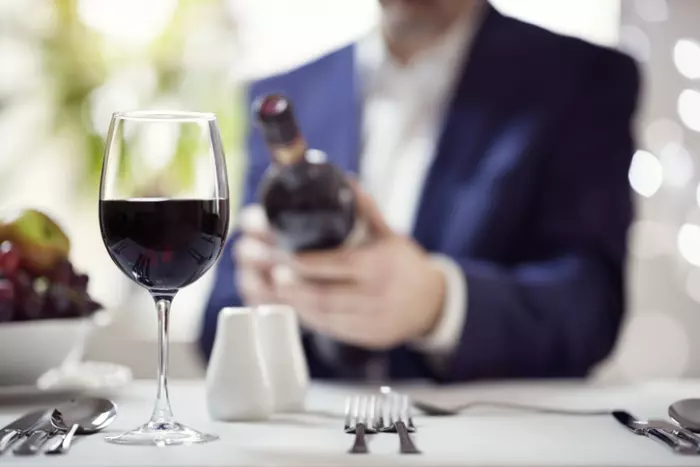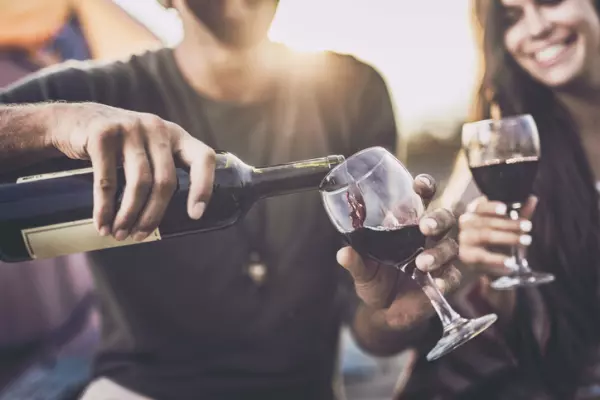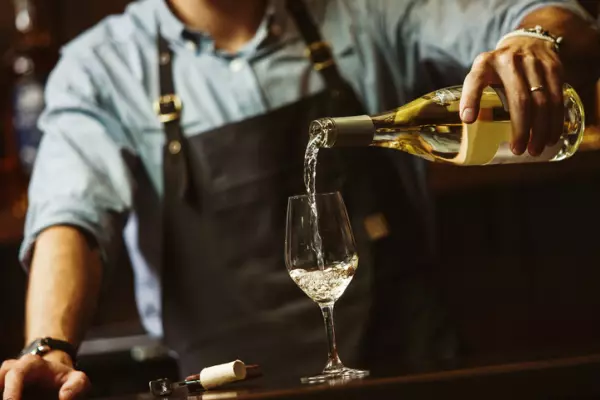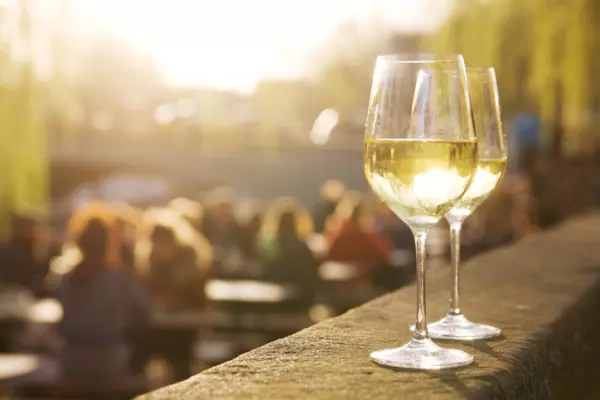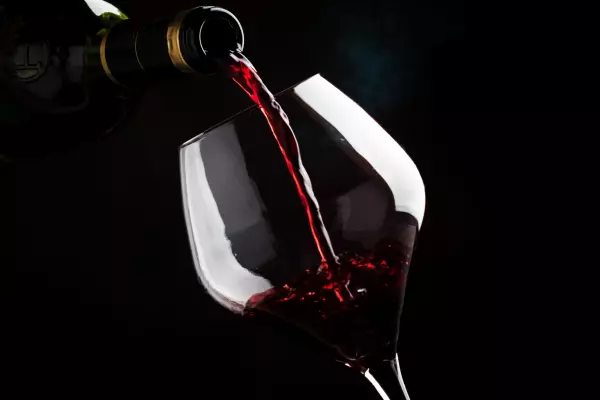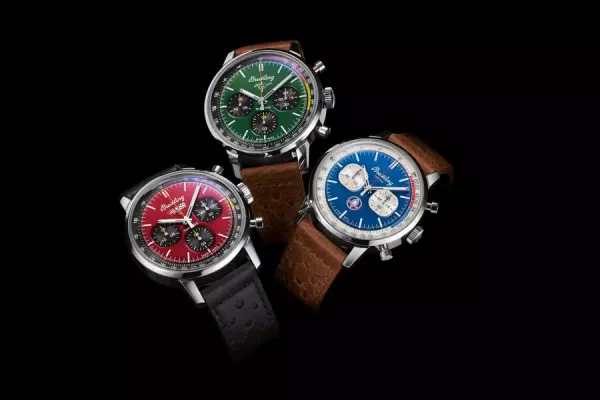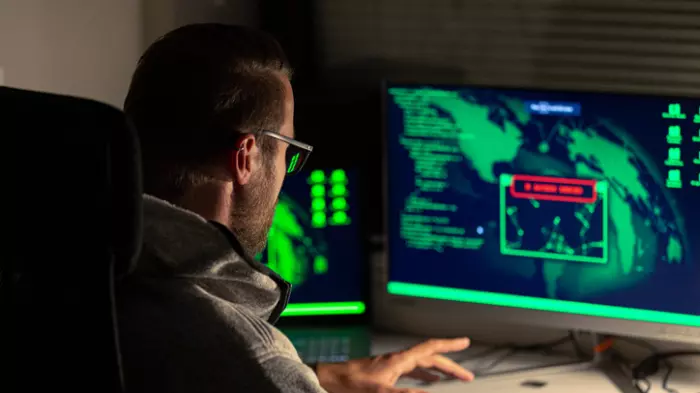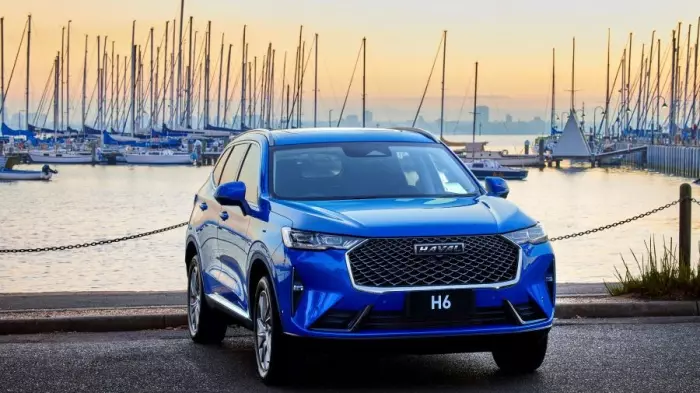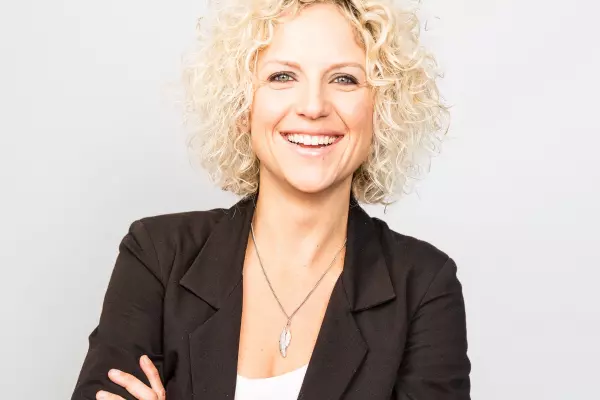There is a simple way to make every wine you drink taste better, according to an article in the Times newspaper in London. Just exaggerate the price.
Jens Gaab, a “placebo researcher” from Basel University in Switzerland, says his research suggests people’s judgement of a glass of wine is improved significantly if they are told it is four times more expensive than it really is.
Gaab asked almost 150 people to rate three different wines. All were 2013 Italian reds. One cost £50 a bottle and was highly rated by wine experts, one was £25 and had also performed well in tastings, and the third was a cheap and cheerful bottle that cost £8.
Importantly, none of the tasters were experts. Some were told the true price, some were told a fake price and some were not given a price. The Times article did not say whether the samples had been spat out or swallowed.
When no prices were given, all wines were judged equally good. That confirmed the findings of previous studies that the subjective experience of wine is completely unrelated to its true price.
It also confirmed my view that those who drink only inexpensive wines (which is most people) develop a template against which they judge any new wines. It’s not a case of “I know what I like” but rather of “I like what I know”. Put them in a tasting with three blind wines at different quality levels and they are more likely to favour, if any, the less expensive drops.
Said the Times report: “For those led to believe that the £8 plonk was actually a fine £25 vintage while the £50 Fattoria Le Pupille was a pretty ordinary £8, however, the scores were very different. Suddenly, the basic vin de table took on significantly more refined qualities in their mouths – and was judged the clear best of the three, performing 20 per cent better in the taste test.”
Gaab warns that one interpretation is that wine drinkers should be wary of being manipulated. “Wine companies are clever. They know this. They know that if they make wine more expensive, it tastes better — and they aim for that, because it’s a huge market.”
I have another interpretation. At least part of the reason that the cheapest wine performed well was the “I like what I know” factor. Tasters are more likely to be familiar with the sort of tastes and textures that are found in less expensive wines and less likely to recognise the attributes of the more expensive wines.
For example, around 40-50 years ago, the white wines of the Entre-deux-Mers sub-region in Bordeaux were often over-dosed with the preservative sulphur, which gave them a “prickly” aroma, less fruitiness and a slightly hard texture. As the producers there became more sophisticated, they added less sulphur and made better wines. Many Entre-deux-Mers drinkers claimed the wines had gone downhill.
Gaab thinks drinkers may be more sensible to just embrace the effect. “There are different options. You could always go for the most expensive wine.” Then, your brain would convince you it was worth the money. Alternatively, “you could not look at the price and ask the waiter to choose. Or,” he added, “you could drink beer.”
There is another option. You could enrol in a Wine Certificate course and discover what really good wine should taste like.
Bob’s Top Picks
Investment Wine

Kusuda 2018 Syrah, Martinborough, $100
Fresh, high-energy syrah with cherry, red berry, white pepper, violet and fresh herb flavours. It has the Kusuda signature of purity and subtle power. Certainly approachable now but has cellaring potential.
Weekend Wines
Top White

Cloudy Bay 2019 Chardonnay, Marlborough, $42.99
Bright, elegant chardonnay with grapefruit, brioche, baguette crust, hazelnut and spicy oak flavours supported by tangy acidity. The product of a good vintage and careful selection.
Top Red

Elephant Hill 2018 Syrah, Hawke’s Bay, $36
Rich, juicy and accessible syrah with ripe plum, black pepper, violet and savoury, charcuterie-like flavours. Quite a complex wine with some smoky-bacon oak character.
Read more from Bob at therealreview.com


